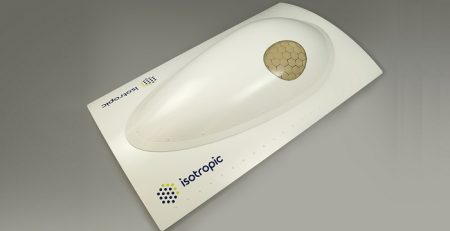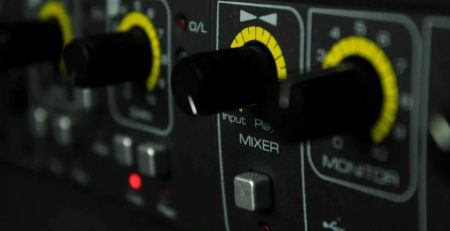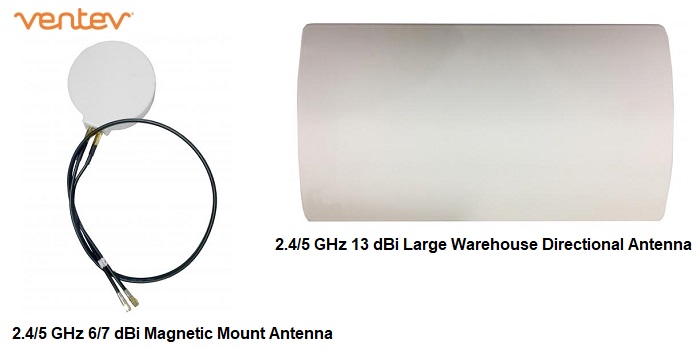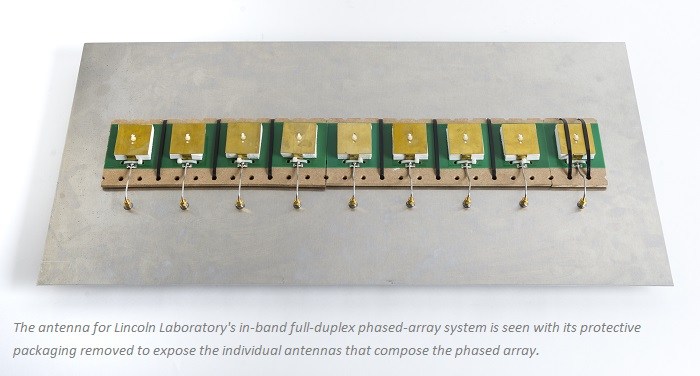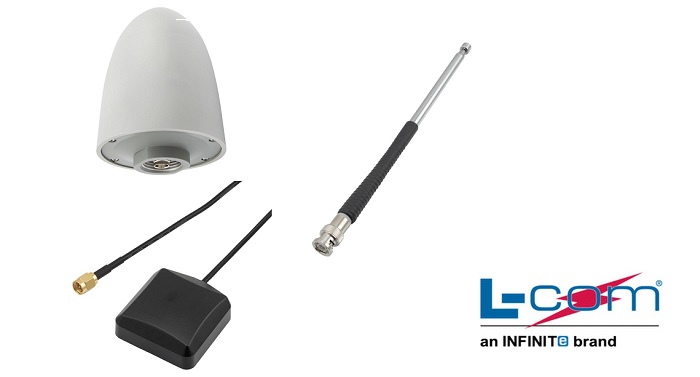Optimizing Low-Pass Filter with the Right Sample Rate: A Guide
 Defining Low-Pass Filters
Defining Low-Pass Filters
Basic Concept of Low-Pass Filters
A low-pass filter is an essential component in the field of signal processing. It allows signals with a frequency lower than a certain cutoff frequency to pass, while attenuating frequencies higher than the cutoff. Essentially, it “filters” out the high-frequency noise and permits the low-frequency signals to be transmitted or received without interference. The behavior of a low-pass filter can be analog or digital, depending on the application and design requirements. Due to their versatility, low-pass filters are crucial in various electronic systems.
Applications of Low-Pass Filters in Various Fields
Low-pass filters find application across a wide array of fields. In audio engineering, for instance, they are used to remove unwanted high-frequency noise from recordings. In telecommunications, low-pass filters ensure that signals transmitted over long distances do not incur high-frequency distortions, thus maintaining the integrity of the data. In electrical engineering, low-pass filters are used in designing power supplies to smooth out the ripple in the output voltage. Additionally, in medical devices like ECG machines, low-pass filters help in eliminating high-frequency electrical noise, enabling accurate monitoring of physiological signals.
RFecho’s Capabilities
RFecho’s capabilities include the design of standard gain horns, reflector antennas, CATR (Compact Antenna Test Range) feeds, antenna arrays, corrugated horns, ridged horns, near field probes, planar antennas, microwave frequency band antennas, orthogonal mode couplers, polarizers, rotary joints, polarization duplexers, duplexers, angle trackers, and custom solutions. Their product portfolio also features passive components such as filters, power dividers, couplers, wave conversion, load, and waveguide components, as well as active products like low noise amplifiers, power amplifiers, and phase shifters.
With a strong focus on innovation, RFecho has established extensive collaborations with domestic and international customers, including Fortune 500 companies, universities, and research institutions. Their esteemed partners include Cambridge University, Oxford University, Harvard University, Tsinghua University, Peking University, Facebook, Google, and the China Metrology Institute, among others. This extensive network underscores RFecho’s commitment to leveraging science and technology to provide high-quality services and help customers achieve superior performance.
What is Sample Rate?
Importance of Sample Rate in Signal Processing
The sample rate in signal processing is the frequency at which a continuous signal is converted into a discrete signal. It is usually expressed in samples per second or Hertz (Hz). The sample rate is critical because it directly influences the fidelity of the resultant signal. A higher sample rate offers a more accurate representation of the original signal, showing more detail and reducing errors in the digitization process. Conversely, a lower sample rate may miss important signal nuances, thereby distorting the output and reducing signal quality.
The Relationship Between Sample Rate and Signal Quality
There is a profound relationship between sample rate and signal quality. According to the Nyquist-Shannon sampling theorem, to capture a signal accurately without aliasing, the sample rate must be at least twice the highest frequency present in the signal. For example, if the highest frequency in an audio signal is 20 kHz, the sample rate must be at least 40 kHz. Higher sample rates help in better capturing the dynamics and nuances of the signal, offering superior sound quality in audio applications and clearer data in digital telecommunications. This relationship is crucial for the optimal performance of a low-pass filter.
 Sample Rate Specific to Low-Pass Filters
Sample Rate Specific to Low-Pass Filters
How Sample Rates Affect Low-Pass Filter Performance
The performance of a low-pass filter is significantly influenced by the sample rate used in the filtering process. At an inappropriate sample rate, the low-pass filter may either miss essential components of the signal or introduce aliasing—where higher frequency signals are misinterpreted as lower frequencies. A higher sample rate ensures that the frequency components of the signal are well within the passband of the filter, preventing aliasing and allowing the filter to maintain signal integrity. Conversely, a lower sample rate may result in poor filter performance, as critical frequency components may be lost or distorted, leading to an inaccurate and noisy output.
Methods for Determining Appropriate Sample Rates for Low-Pass Filters
Determining the appropriate sample rate for a low-pass filter involves understanding the signal’s frequency characteristics and the desired outcome. One effective method is to analyze the highest frequency component present in the signal and apply the Nyquist-Shannon sampling theorem. Additionally, one can use software modeling and simulation tools to visualize how different sample rates affect the filtered signal. Practical experiments with real-world data are also invaluable, enabling engineers to measure actual performance and make adjustments accordingly. Ultimately, the choice of sample rate should balance between avoiding aliasing, preserving signal quality, and meeting system constraints such as processing power and storage.
Implementing the Right Sample Rate
Practical Considerations for Choosing a Sample Rate
When implementing a low-pass filter, choosing the right sample rate goes beyond theoretical calculations. Engineers must consider several practical aspects such as the availability of processing resources, the desired resolution of the signal, and the context in which the filter will be used. For instance, in high-fidelity audio applications, a sample rate of 44.1 kHz or higher is typically chosen to ensure superior sound quality. In contrast, for simpler applications like basic signal monitoring, a lower sample rate might suffice. Additionally, compliance with industry standards and regulations can influence the choice of sample rate, ensuring that the filtering process meets all necessary guidelines.
Tools and Techniques for Measuring and Adjusting Sample Rates
To measure and adjust sample rates effectively, several tools and techniques can be employed. Oscilloscopes and spectrum analyzers are commonly used to visualize the frequency spectrum of the signal, enabling precise measurement of sample rates and ensuring that the filter is operating correctly. Software-based tools such as MATLAB and digital signal processing (DSP) software provide advanced capabilities for simulating different sample rates and their effects on signal quality. FFT (Fast Fourier Transform) analyzers can further break down the signal components, helping to fine-tune the sample rate for optimal filter performance. These tools, combined with empirical testing, ensure that the chosen sample rate results in an effective and efficient low-pass filtering process.
Conclusion: Importance of Proper Sampling in Low-Pass Filtering
In conclusion, proper sampling is paramount to the successful implementation and performance of low-pass filters. The sample rate directly impacts the integrity and quality of the filtered signal, influencing the effectiveness of the filter across various applications. By carefully determining and implementing the appropriate sample rate, signal degradation can be minimized, and the desired signal components can be preserved without introducing noise or distortion. Utilizing advanced tools and methodologies ensures that engineers can achieve an optimal balance between theoretical principles and practical requirements, resulting in enhanced performance and reliability of low-pass filters in modern electronic systems.


 Defining Low-Pass Filters
Defining Low-Pass Filters Sample Rate Specific to Low-Pass Filters
Sample Rate Specific to Low-Pass Filters
